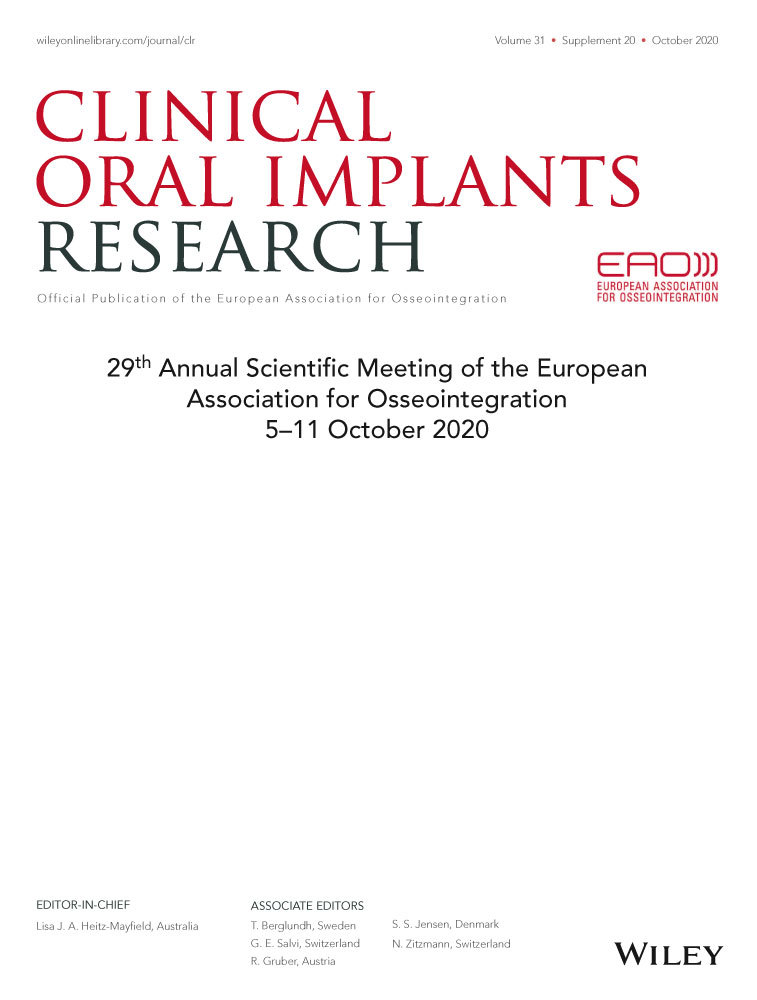3-year follow-up of the NobelActive implant
XE9L4 ePOSTER CLINICAL RESEARCH – PERI-IMPLANT BIOLOGY
Background: The NobelActive implant was introduced in 2008. It was developed and designed to improve primary implant stability and to prevent marginal bone loss. Despite being on the market for more than a decade, there are only a few studies with long-term results and an overall treatment outcome for the tapered, NobelActive, implant.
Aim/Hypothesis: The purpose of this prospective, single-center study was primarily to document the bone loss, survival and success rate of this implant. Secondarily, potential predictive parameters for the bone loss were examined.
Materials and Methods: From 2011 to 2016, 306 tapered implants were installed by one surgeon, Greet De Mars. Peri-implant bone loss was measured on peri-apical radiographs, mesial and distal from the implant shoulder at implant placement, abutment connection, functional loading, at 6 months and up-to 5 years post-loading. Besides the radiographic examination, the following patient-related factors and implant procedure-related factors were taken into account: smoking, age, quality and quantity of the bone, biotype, tissue thickness, previously performed guided bone regeneration, ISQ and torque.
Results: Of the 306 implants, 7 implants did not osseointegrate. A mean bone loss of 0.21 mm (SD 0.86) was observed 12 months. The preliminary, 36-months follow-up, revealed a mean marginal bone loss of 0.18 mm (SD 0.97). Following parameters could be identified as reliable predictors for peri-implant bone loss: smoking, age, quality and quantity of the bone, biotype, tissue thickness, previously performed guided bone regeneration, ISQ and torque.
Conclusions and Clinical Implications: After an initial bone remodeling during the first months, the bone level around the NobelActive implants did only change minimally. Smoking, gingival thickness, torque values, bone quality and bone quantity influenced significantly early bone remodeling.
Keywords: NobelActive implant, bone loss, peri-implantitis, marginal bone level, predictive parameters




